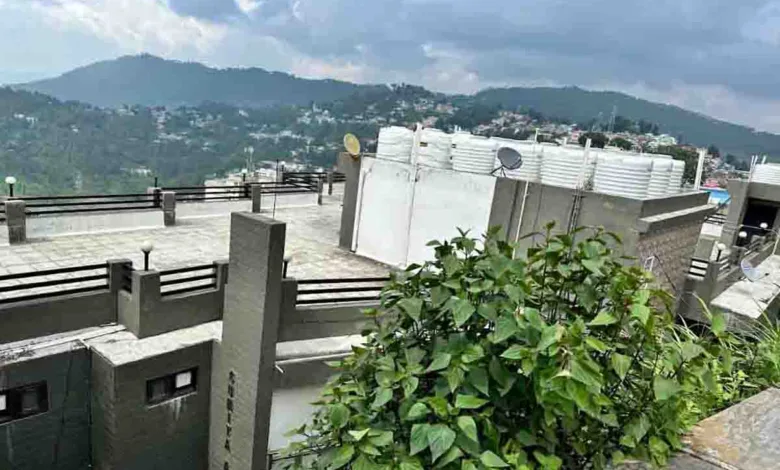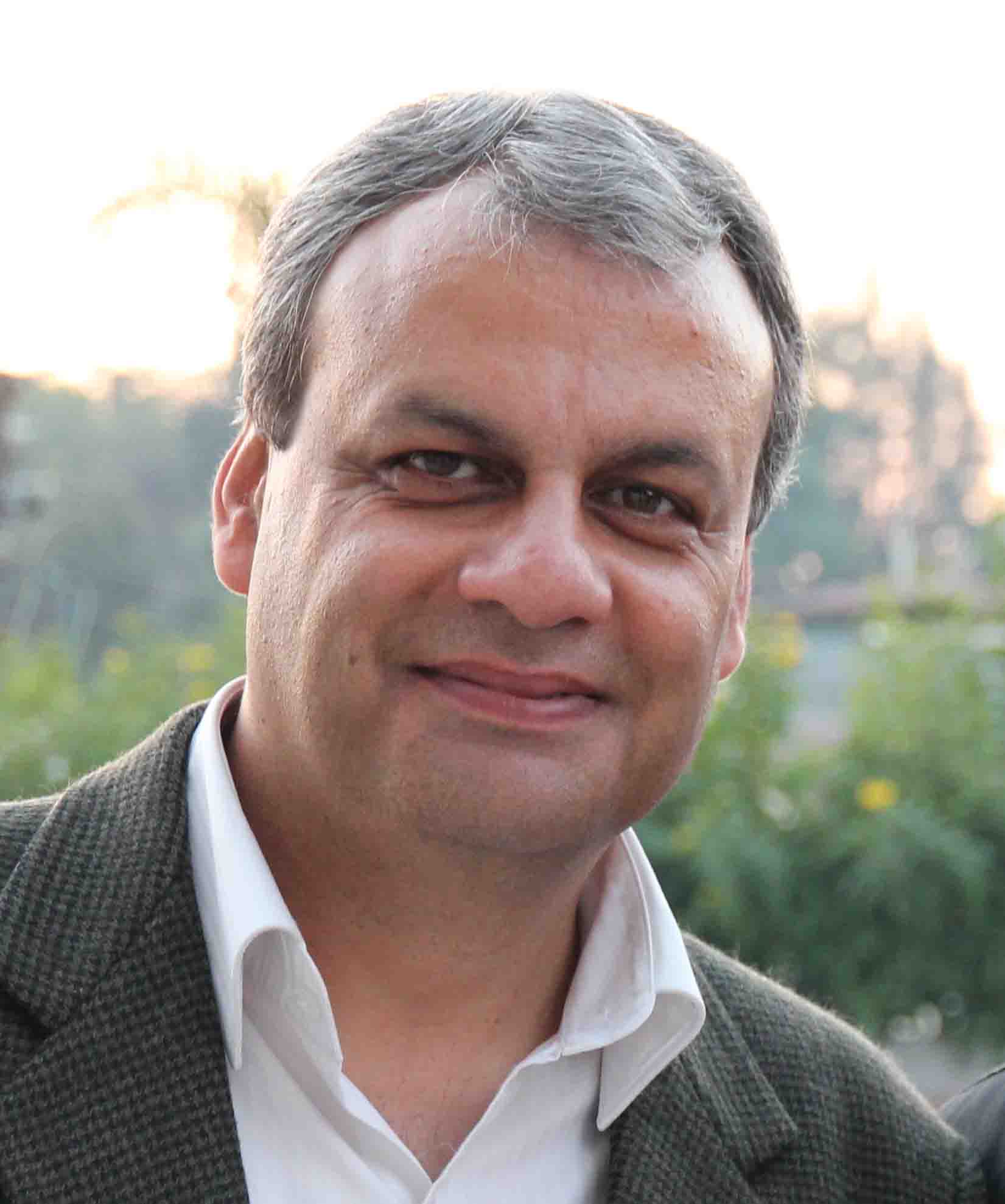Save Uttarakhand’s cities from urban decay

Monday, 14 August 2023 | in Guest Column
HILLBILLY
 LOKESH OHRI
LOKESH OHRI
Almora is the cultural capital of the state of Uttarakhand. The town is situated over a horse saddle-shaped ridge on the southern edge of the Kumaon hills of the Himalayan ranges. The eastern portion of the ridge is known as Talifat, while the western one is known as Selifat. The market, Almora Bazaar that finds mention in so many evocative folk songs of the hills, sits at the top of the ridge where these two, Talifat and Selifat, terminate. Situated at an average elevation of 1,651 metres (5,417 feet), the rivers flowing alongside the town are Kosi and Suyal. Snowcapped Himalayas can be seen in the background with the monsoon clouds floating in and out of the windows. Almora got its name from Kilmora, a plant found in the region, used for doing the dishes at the Katarmal Sun Temple. The people bringing Kilmora were called Kilmori and later Almori, and the place probably came to be known as Almora after them.
I am in Almora town to work with some young people to prepare them to take up the work of destination guides for tourists arriving in the region. Beautiful surroundings and ancient sites attract many tourists, especially from Bengal and Gujarat, but unfortunately, like most of our hill stations that once evoked memories of an aesthetic vernacular architecture combined with the colonial, and a distinct way of life, Almora town has also succumbed to haphazard urbanisation with very little to offer in terms of cleanliness and hygiene. Traffic woes add to the chaos that could easily put-off any visitor on the lookout for peace and tranquility. Such cancerous growth with mindless construction all over is likely to spell doom for the tourism industry and civic infrastructure for such hill towns.
Our training programme is happening at Malla Mahal, a fortress that sits in the middle of the town on a ridge offering a panoramic view of Almora town. The Malla Mahal was traditionally the seat of power in the region with successive regimes trying to establish control over the mountains operating from this fortress. Over the years, the Malla Mahal complex had turned into a crammed court complex and collectorate, the administrative office of the district with scant maintenance of the historic aspects. Through a quirk of fate, and the offices of Uttarakhand Tourism and Asian Development Bank, I became instrumental in the shifting of the district magistrate’s office and the district courts to a new location, and the preservation of the complex. Shifting the powerful to a new location took a lot of convincing, but it was finally made possible with plans to restore the Malla Mahal to its lost glory – the creation of a museum and cultural centre – which I presumed would finally provide a fulcrum to the restoration of the cultural capital’s fabulous and quirky traditional architecture.
Walking through the vibrant bazaar of Almora, as I reached Malla Mahal, which also houses the Ramshila Temple, an ancient complex of three diminutive stone structural temples dedicated to Lord Rama, I was horrified to see an apartment block jutting out of nowhere, blocking the view of the town from the Mahal. All one could see from the Malla Mahal now was plastic water tanks of the apartment block!
Meanwhile, the restoration of the temple built under King Rudra Chand in 1583, is progressing well. The complex, which contains the vernacular and the colonial, has an interesting history. After trouncing the fort of Juniyagarh of Garhwal in 1671, Chand ruler Baaz Bahadur Chand brought the image of Nanda Devi from the fort and consecrated it in the Ramshila Temple. This idol was later relocated to the Deep Chandreshwar Temple (presently known as Nanda Devi Temple) by British Commissioner GW Traill once he took over the fortress from the Gurkhas. The fortress was converted into the commissioner’s court and office on his orders. Commissioner Traill tried to shift the temple from the fort to a place he saw as more convenient for a new township. A short while later, on a trip to Pindari Glacier, he was struck by snow blindness and convinced by his advisors that this was due to the displeasure of the goddess on being shifted he moved the temple back to its original location and it is said that his eyesight was restored!
Such sites need protection and action initiated to reverse any defacement. One can learn from States like Kerala that have initiated design policies to enhance urban aesthetics, following a model many cities in the west have adopted. Kerala has initiated a design policy beginning with Departments of Public Works and Tourism. The effort is to enhance the value of the State as a visually appealing space by creating unique design visions for towns and cities. The policy seeks to partner with all stakeholders in the effort through a thoughtful programme called Design for Future, which shall ensure that constructions, past and present, align with the character and climate of each region, preserving their unique essence.
Another city that I am familiar with and is seeing rapid decay is the only “smart” one from my State, the interim capital of Dehradun. Very recently, we lost a British period tram station that, on the central street, was a wonderful reminder of the past efforts to link the town with Mussoorie through a railway. In the past, we have lost our gurgling canals and their adjunct heritage structures like water mills and sluice gates, completely altering the character of this dream town. Another eyesore today is the Paltan Bazaar, covered in hues of saffron and paved with tiles. The multi-crore makeover has compounded the ugliness of the bazaar without solving any of the problems endemic to this public space. Today, the way the work has been done appears an affront to the colour saffron which finds place of pride in our culture and national flag. All this because of official myopia and complete lack of aesthetic sense. If any State needs a design policy that is firmly implemented on ground in every hill town, it is Uttarakhand.
Such programmes are not rocket-science and easily implementable if the governments have the will and the vision. Will Uttarakhand stand up and design for the future?
(The writer is an anthropologist, author and activist who is the founder of public walking group Been There Doon That. Views expressed are personal)






